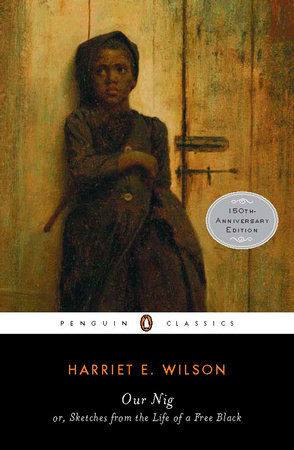First African-American woman novelist revisitedPosted in Articles, Autobiography, Biography, Media Archive, United States, Women on 2015-07-23 02:24Z by Steven |
First African-American woman novelist revisited
Harvard University Gazette
Cambridge, Massachusetts
2005-03-24
Ken Gewertz, Harvard News Office
Harriet Wilson was a survivor. Now we have proof.
Wilson wrote “Our Nig; or Sketches From the Life of A Free Black,” the earliest known novel by an African-American woman. It tells the story of Frado, a young biracial girl born in freedom in New Hampshire who becomes an indentured servant to a tyrannical and abusive white woman. In 1859, when the book was published, the abolitionist movement had created a vogue among Northern readers for autobiographies of escaped slaves, but Wilson’s story of a free black abused by her Northern employer did not fit the established mold, and the novel soon fell into obscurity.
Henry Louis Gates Jr., the W.E.B. Du Bois Professor of the Humanities, found a copy of the novel in a used bookstore in the early 1980s and was intrigued by it. Among those specialists who were aware of the book, many doubted whether it was really the work of a black writer, but Gates wondered why anyone in 1859 would identify herself as black unless she were.
He started searching for evidence of Wilson’s existence and eventually succeeded in documenting her life up to 1863. The facts he uncovered closely resembled the events in the life of the novel’s protagonist. Gates, who published his findings in a 1983 edition of the novel, concluded that Wilson must have died around the time the historical trail went cold.
Now evidence has surfaced showing that Wilson survived almost another 40 years, demonstrating in other areas of endeavor the resilience and creativity that allowed her to try her hand at writing.
P. Gabrielle Foreman, associate professor of English and American Studies at Occidental College in California, and Reginald Pitts, a historical researcher and genealogical consultant, spoke Friday (March 18) about information they have uncovered about the latter half of Wilson’s life. The event was sponsored by the W.E.B. Du Bois Institute for African and African American Research and the Department of African and African American Studies. Foreman and Pitts have incorporated their research into an introduction to a new edition of Wilson’s novel (Penguin Classics, 2005)…
Read the entire article here.


